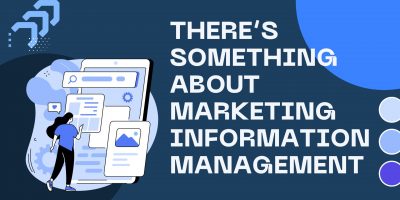
There’s Something About Marketing Information Management
Revolutionize your marketing strategy with the power of marketing information management. Explore key components, data types, and real-world examples from industry leaders.

The HR department is vital for businesses to maximize the value of their workforce. Therefore, having the necessary HR tools and resources can help the company outperform competitors.
According to these recent HRIS statistics, companies can use this HR software to assist human resources personnel and management in improving their productivity and the outcomes of their efforts.
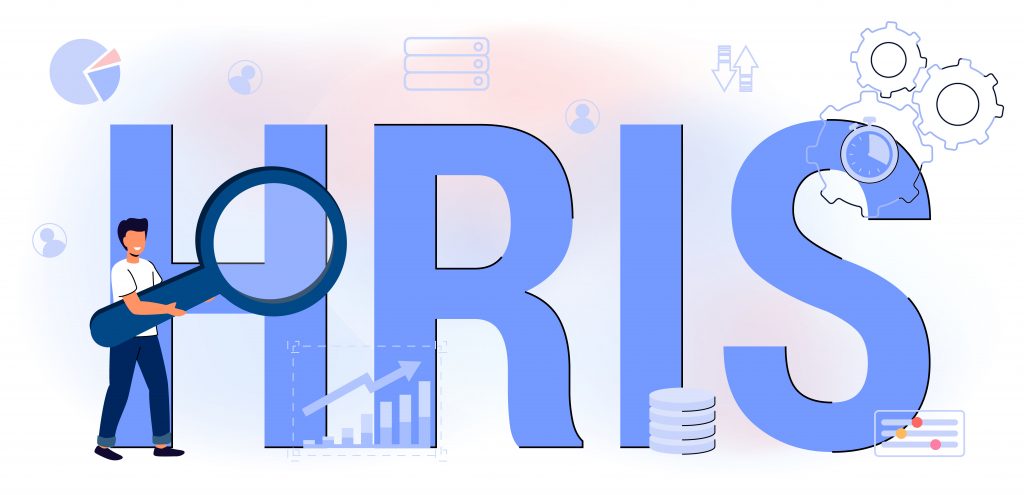
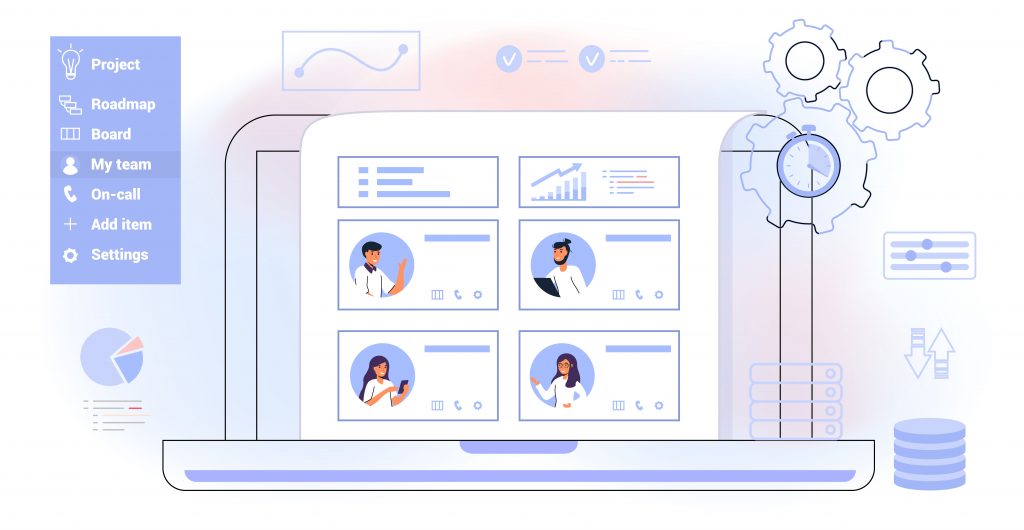

According to these HRIS statistics, choosing the right HRIS system can assist the HR department and significantly improve the functionality of the processes, making the organization more robust and efficient.
* We’re using an archived version of the page as the source.
** We’re using an archived version of the page as the source.
Browse our curated list of vendors to find the best solution for your needs.
Subscribe to our newsletter for the latest trends, expert tips, and workplace insights!

Revolutionize your marketing strategy with the power of marketing information management. Explore key components, data types, and real-world examples from industry leaders.
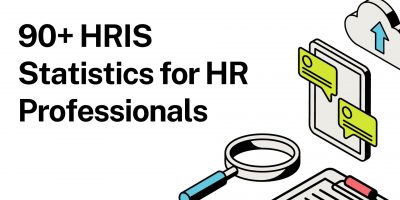
Explore HRIS statistics for informed decision-making and streamlined human resource management.

Gain valuable insights into diverse cultural examples and understand their pivotal role in fostering a thriving, motivated workforce.
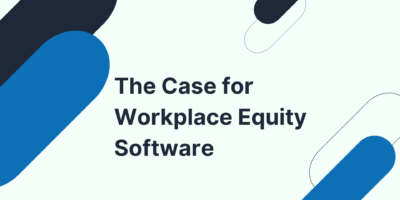
“What gets measured gets managed” is a familiar business principle. When it comes to pay equity, however, most companies still fall short.
Used by most of the top employee benefits consultants in the US, Shortlister is where you can find, research and select HR and benefits vendors for your clients.
Shortlister helps you reach your ideal prospects. Claim your free account to control your message and receive employer, consultant and health plan leads.